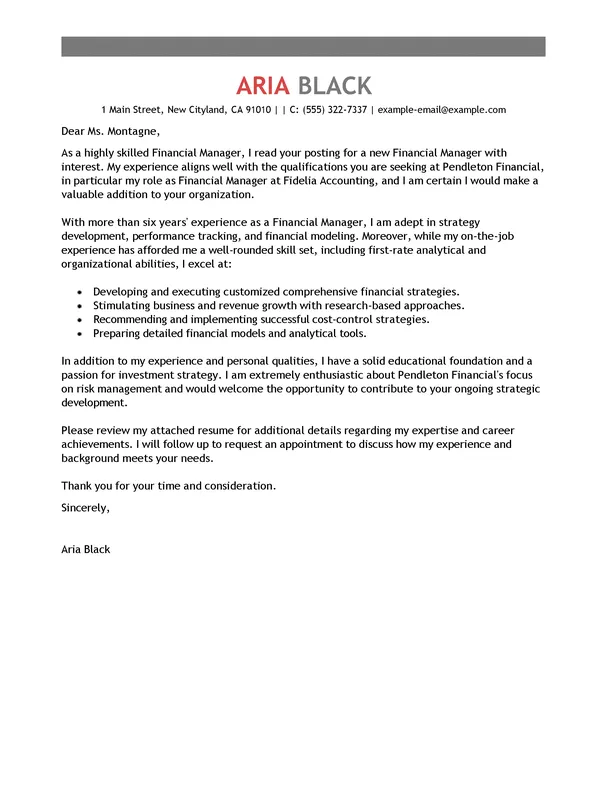Understanding Job Resume Cover Letters
A job resume cover letter serves as your personal introduction to a potential employer. It accompanies your resume and provides an opportunity to showcase your personality, skills, and enthusiasm for a specific role. Unlike a resume, which presents a factual overview of your experience, a cover letter allows you to elaborate on why you are the perfect fit for the job and the company. A well-crafted cover letter can significantly increase your chances of landing an interview by making a positive first impression and highlighting your unique qualifications. It is a crucial tool in your job search arsenal, demonstrating your communication skills and attention to detail.
Purpose of a Cover Letter
The primary purpose of a cover letter is to persuade the hiring manager to read your resume and consider you for the position. It allows you to connect your skills and experience to the specific requirements of the job, demonstrating how you can contribute to the company’s success. Furthermore, a cover letter enables you to express your interest in the company and the role, showing your genuine enthusiasm. It’s also an excellent platform to explain any gaps in your employment history or career changes. The cover letter is your chance to make a memorable first impression and set yourself apart from other applicants.
Key Elements of an Effective Cover Letter
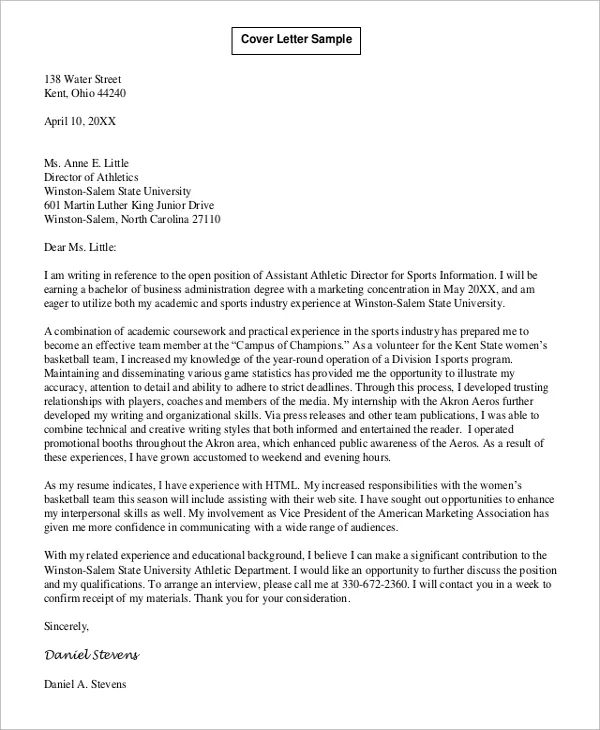
An effective cover letter incorporates several key elements that contribute to its success. Firstly, it should be well-written and free of grammatical errors. Secondly, it must be tailored to the specific job and company, showcasing your understanding of their needs. It should also highlight your relevant skills and experience, quantifying your achievements whenever possible. The letter should have a clear and concise structure, with a compelling opening, informative body paragraphs, and a strong closing. Most importantly, the cover letter should reflect your personality and enthusiasm, demonstrating why you are the ideal candidate.
Structure of a Job Resume Cover Letter
Structuring your cover letter effectively is crucial for readability and impact. It generally follows a standard format that includes a header, an opening paragraph, body paragraphs, and a closing paragraph. Each section serves a specific purpose in conveying your qualifications and interest. Adhering to a clear and organized structure ensures your message is easily understood and leaves a lasting impression on the reader. Properly structuring the cover letter will significantly increase your chances of making a positive impact.
Header Section
The header section of your cover letter should include your contact information, the date, and the employer’s contact information. This section provides essential details for the hiring manager to reach you. Using a professional font and formatting ensures a clean and organized appearance. It is crucial to ensure the accuracy of all information, as even a small error can hinder your application. Consistency in formatting with your resume enhances professionalism and makes you look more organized and more detail oriented.
Recipient’s Information
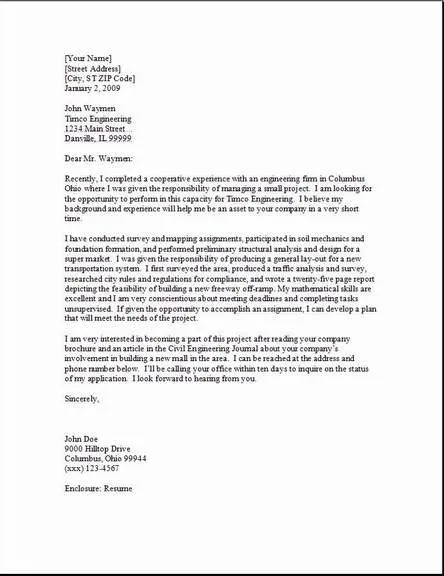
Whenever possible, address your cover letter to a specific person, such as the hiring manager or the recruiter. Research the company website or use LinkedIn to find the correct name and title. Addressing the letter to a specific person demonstrates your initiative and interest in the role. If you cannot find a name, use a general salutation such as “Dear Hiring Manager” or “Dear [Department Name] Team.” Avoid using generic greetings that can diminish the impact of your letter. Showing the employer that you took the time to find the correct person shows dedication.
Your Information
Include your full name, address, phone number, and email address. The information should match the details on your resume. Ensure your email address is professional and appropriate. This section ensures that the recruiter can quickly contact you if they are interested in your application. Verify that the information is current and accurate before submitting your application. Any discrepancies here could mean that a recruiter will not contact you.
Opening Paragraph
The opening paragraph is the first impression you make. It should immediately capture the reader’s attention and state the purpose of your letter. Keep it concise and engaging. Avoid generic openings; instead, tailor it to the specific job and company. Your goal is to make the hiring manager want to read more. A strong opening sets the tone for the entire letter and increases your chances of being considered.
Grab the Reader’s Attention
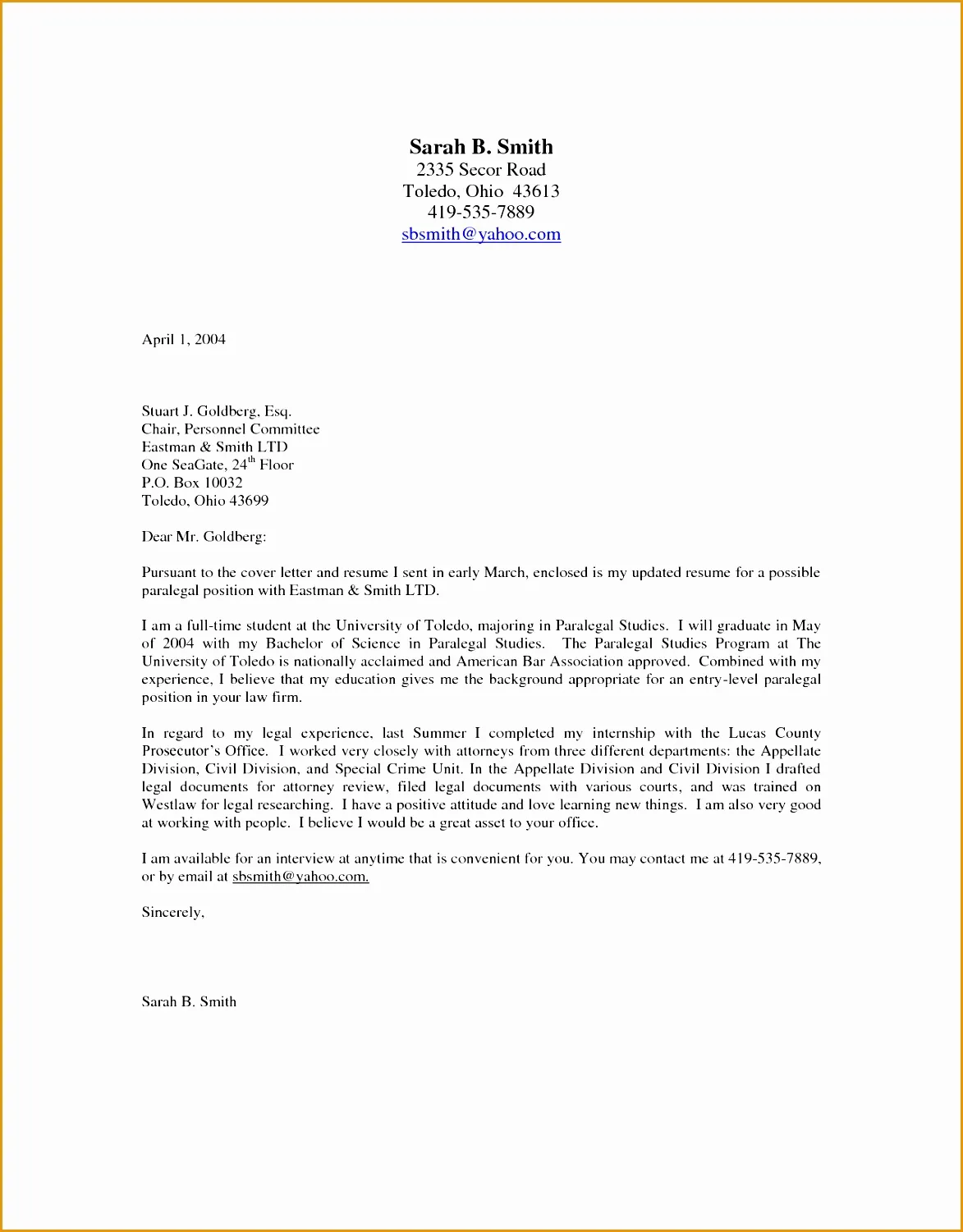
Start with a compelling hook to grab the reader’s attention. This could be a brief anecdote, a statement of your key skill, or an expression of your enthusiasm for the role. Tailor your opening to reflect the company’s values and the specific requirements of the job. Make your opening memorable and set you apart from other applicants. It should be clear why you are writing and what position you are applying for, and make sure to make the reader want to keep reading.
State the Job You’re Applying For
Clearly state the specific job you are applying for and where you found the listing. Mentioning the job title and the source (e.g., company website, LinkedIn) helps the hiring manager quickly understand your application’s purpose. Use the exact job title to avoid confusion. This helps the hiring manager immediately place your application in the correct category. Making it clear early on will help ensure that your application is not overlooked.
Body Paragraphs
The body paragraphs form the core of your cover letter, where you highlight your skills, experience, and accomplishments. Use this section to connect your qualifications to the job requirements and demonstrate your value to the company. Structure your paragraphs logically, using examples to support your claims. Each paragraph should address a specific aspect of your suitability for the role. Make sure you can explain why you are the best person for the job.
Highlight Relevant Skills and Experience
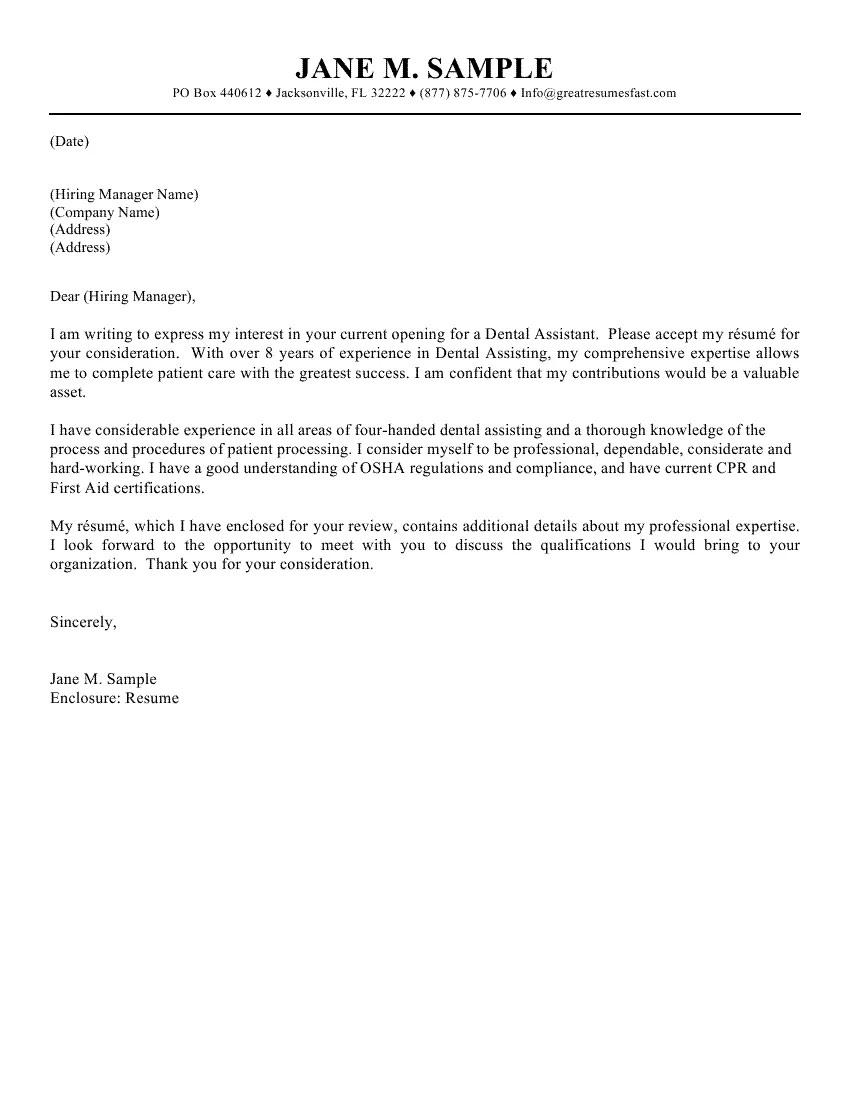
Focus on the skills and experience most relevant to the job description. Provide examples of how you have used these skills in the past. Tailor your letter to match the requirements and demonstrate a clear understanding of the role. Use keywords from the job description to show you meet the qualifications. Providing the reader with a clear picture of your abilities increases your chances of getting hired. This is your opportunity to show the reader that you know what you are doing.
Quantify Achievements Whenever Possible
Use numbers and data to quantify your achievements. Instead of saying “improved sales,” say “increased sales by 15% in one quarter.” Quantifying your accomplishments provides concrete evidence of your capabilities. This makes your claims more credible and showcases your impact. Provide specific examples to support your claims. Numbers are helpful and memorable and allow the reader to easily see your value.
Tailor Your Letter to the Job Description
Carefully review the job description and tailor your cover letter to match its requirements. Highlight the skills and experiences that align with the role. Show that you understand the company’s needs and how you can address them. Demonstrate your knowledge of the company and its industry. Customize each letter to showcase that you have taken the time to show that you want the job. This is essential and can make the difference between being contacted and being dismissed.
Closing Paragraph
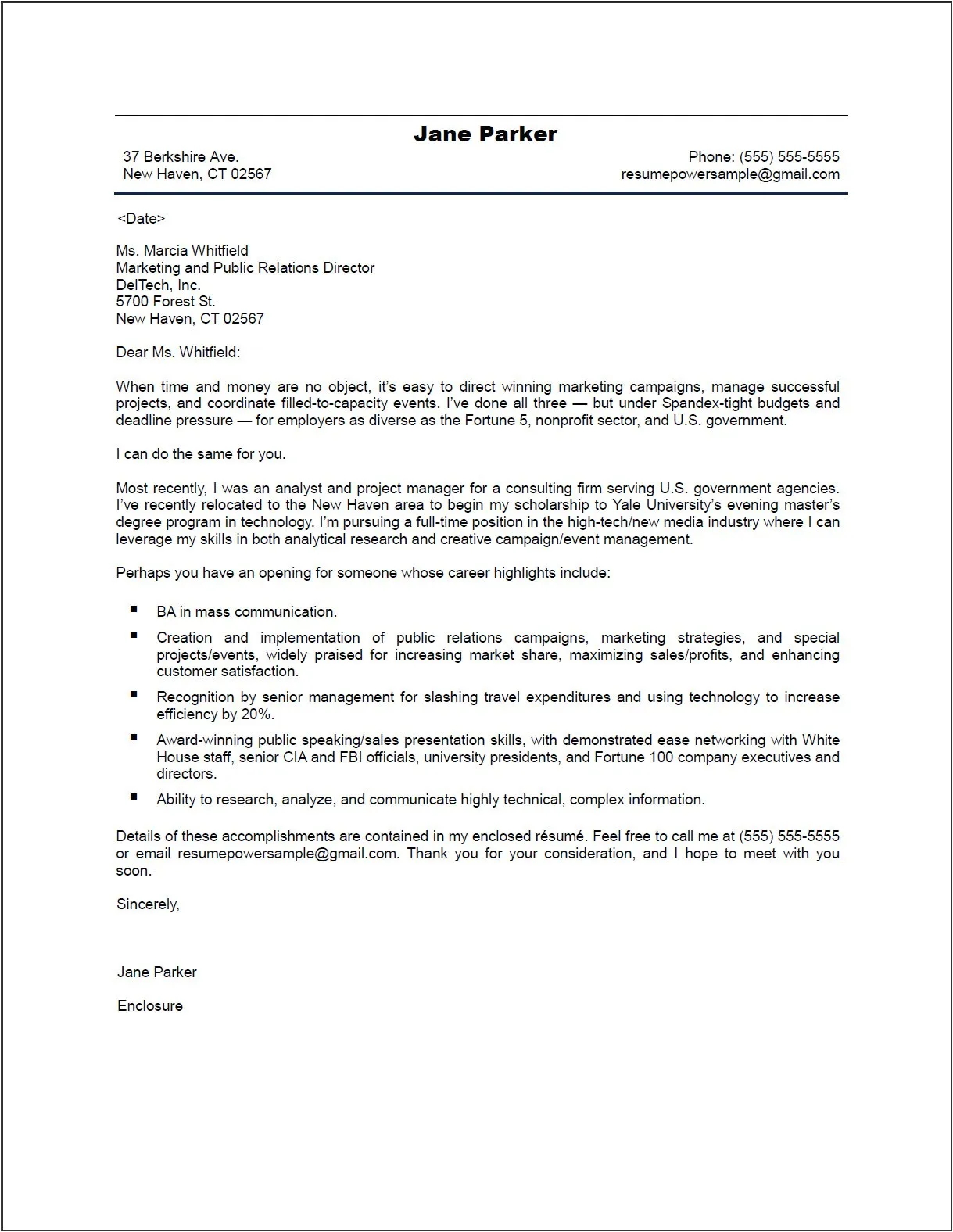
The closing paragraph should summarize your interest in the role and express your gratitude to the hiring manager for their time and consideration. Keep it concise and professional. It’s an opportunity to reinforce your enthusiasm and provide a clear call to action. Your goal is to leave a lasting positive impression.
Express Gratitude and Enthusiasm
Thank the hiring manager for their time and consideration. Reiterate your enthusiasm for the opportunity and express your interest in learning more. Show your appreciation for their attention to your application. This concludes your cover letter on a positive note and leaves a good impression.
Call to Action
Include a clear call to action, such as offering to provide additional information or expressing your availability for an interview. Make it easy for the hiring manager to take the next step. Provide your contact information again for convenience. This ensures that they know what to do next. Do not be afraid to close by saying that you are excited for the opportunity.
Formatting and Design
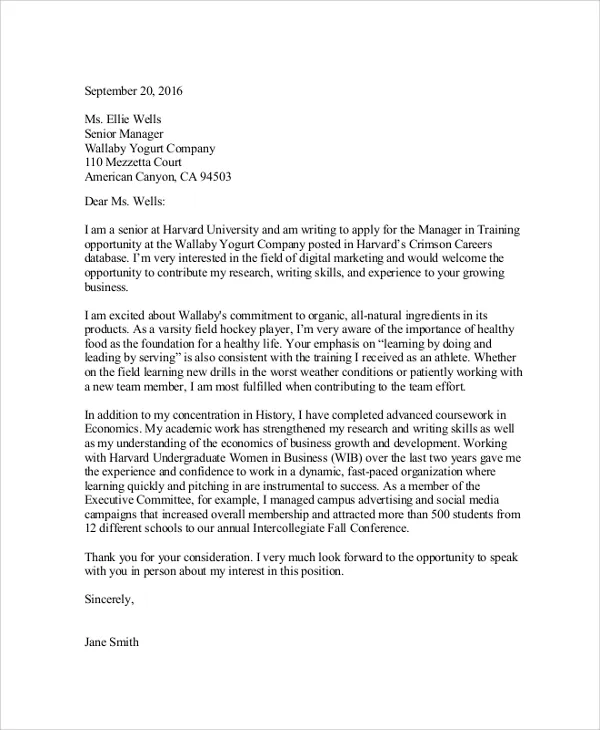
Formatting and design play a significant role in the overall presentation and readability of your cover letter. Use a clean and professional format, ensuring your letter is visually appealing and easy to read. Well-formatted cover letters show attention to detail and reflect your professionalism. Ensuring that the content is well organized, with clear spacing and easily readable fonts, ensures the reader will easily navigate the information.
Font Selection and Readability
Choose a professional and readable font, such as Times New Roman, Arial, or Calibri. Use a font size between 10 and 12 points for the body text. Ensure your font is consistent throughout the letter. A well-chosen font enhances readability and makes a positive impression. Avoid using overly decorative or unusual fonts that can distract from the content. A professional font will make your letter more easy to read.
Margins, Spacing, and Length
Use standard 1-inch margins and single-space the text. Use a blank line between paragraphs to improve readability. Keep your cover letter concise, ideally no more than one page. This shows that you are respectful of the reader’s time. A well-formatted letter is easier to read and more likely to be read thoroughly. This demonstrates your ability to communicate clearly and efficiently.
Proofreading and Editing
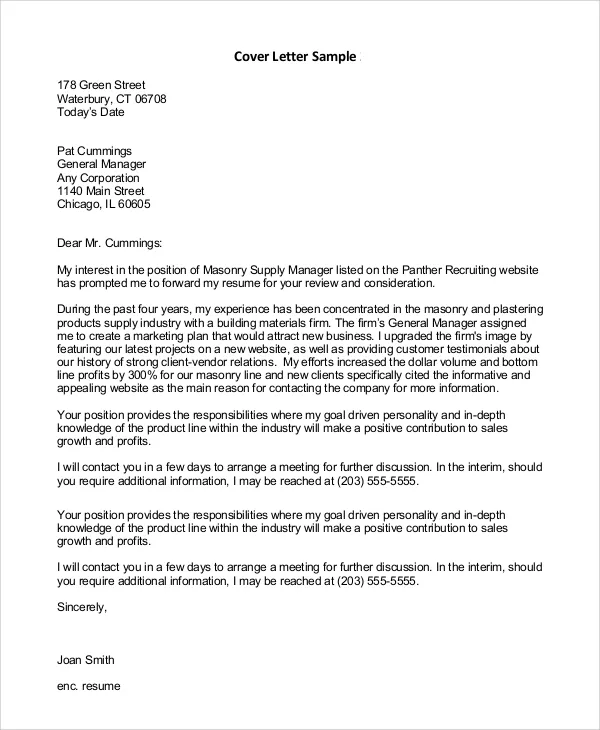
Proofreading and editing are critical steps in the cover letter writing process. Carefully review your letter for any grammatical errors, spelling mistakes, or typos. Ensure your writing is clear, concise, and professional. Ask someone else to proofread your letter for a fresh perspective. A polished cover letter demonstrates attention to detail and reflects positively on your application. Proper proofreading and editing will help you to avoid any errors that may cost you the job.
Common Mistakes to Avoid
Avoiding common mistakes can greatly improve your chances of success. This section will cover the main pitfalls to avoid when writing a cover letter, and will help ensure your application is viewed positively. By focusing on detail and clarity, you will create the best cover letter possible.
Grammar and Spelling Errors
Always proofread your cover letter carefully for any grammar and spelling errors. These errors can make you appear careless and unprofessional. Use a grammar checker and ask someone to review your letter. Ensure all names, job titles, and company names are spelled correctly. Accuracy is very important. Taking the time to review your cover letter will leave a positive impression.
Generic Language and Lack of Personalization
Avoid using generic language and templates. Tailor your letter to each job and company. Demonstrate your understanding of the company’s needs and how you can contribute. Show your personality and enthusiasm. Personalizing your letter shows you have invested time and effort. This helps you make a stronger connection with the reader.
Overly Long Cover Letters
Keep your cover letter concise and to the point. Hiring managers often have limited time. Aim for one page, unless the job requires more detail. Focus on the most relevant information and avoid unnecessary details. Demonstrate your ability to communicate efficiently. Brevity shows you respect the recruiter’s time and attention.
Job Resume Cover Letter Samples
Reviewing job resume cover letter samples provides excellent guidance and inspiration. Analyzing various examples can help you understand the different formats, writing styles, and key elements. By studying well-written samples, you can improve your ability to create compelling and effective cover letters that get results. Here are a few samples to get you started.
Sample Cover Letter for a Marketing Position
Include a sample cover letter tailored for a marketing position. Highlight skills related to marketing strategy, content creation, and campaign management. Show how your experience aligns with the job’s requirements. Quantify your achievements, such as successful campaign results. Make sure to incorporate keywords from the job description. Tailor the cover letter to the company and its products.
Sample Cover Letter for an IT Position
Provide a sample cover letter customized for an IT position. Focus on technical skills, such as programming, cybersecurity, or network administration. Showcase relevant experience with specific technologies and tools. Demonstrate your problem-solving abilities and technical expertise. Emphasize your ability to work collaboratively and communicate technical concepts clearly. Make sure to match your skills to the job requirements.
Sample Cover Letter for an Entry-Level Position
Present a sample cover letter suitable for an entry-level position. Highlight your education, internships, and any relevant coursework or projects. Show enthusiasm for the industry and the company. Demonstrate your willingness to learn and your eagerness to contribute. Mention any transferable skills gained from previous experiences. This shows you can learn and adapt quickly.
Tips for Writing Cover Letters That Get Noticed
Employing specific strategies can significantly increase the effectiveness of your cover letters. By focusing on key areas such as company research, keyword usage, and showcasing your personality, you can make a strong impression on potential employers and increase your chances of securing an interview. Implementing these tips can help you create a standout cover letter.
Research the Company
Before writing your cover letter, research the company thoroughly. Understand their mission, values, and recent achievements. Tailor your letter to reflect your understanding of the company’s culture and goals. Demonstrating your knowledge shows genuine interest and commitment. Visit their website and social media pages to gain insights. Company research demonstrates your interest and initiative.
Use Keywords from the Job Description
Carefully review the job description and identify the key skills and qualifications required. Incorporate these keywords into your cover letter naturally. This helps your letter get noticed by applicant tracking systems (ATS) and highlights your suitability for the role. Keywords help the hiring manager quickly identify your qualifications. Carefully review and match the job requirements with your experience.
Showcase Your Personality and Enthusiasm
Let your personality shine through in your cover letter. Express your enthusiasm for the role and the company. Use a professional yet engaging tone that reflects your authentic self. Show your passion and commitment. Tailor your letter to reflect your unique strengths and interests. A genuine expression of enthusiasm can leave a positive and lasting impression.
